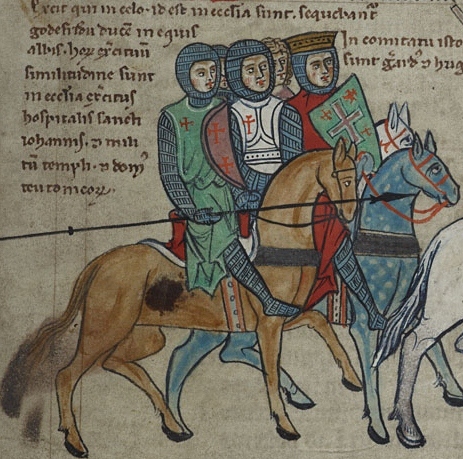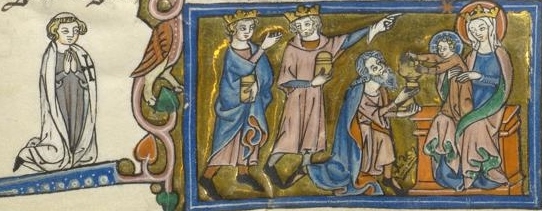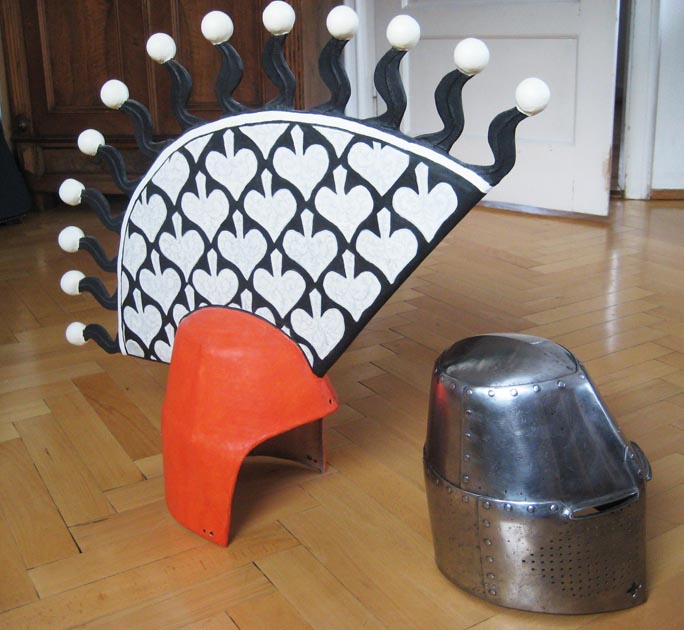Now on to my question,
Recently I´ve come across some Teutonic order helmets. I know these are Teutonic because movies and video games love to put them onto their iconic Teutonic order knight. But when I started looking for sources I couldn´t find any pictures nor effigies that resembled the exact same helmet crest. I hope someone can tell me if this crest has a good authentic source. Then the question remains what material is the crest made of and was it detachable.
A friend of mine sent me the 2 other pictures, they come close to what I´m looking for but not quite yet. And If these are the only sources I don't understand why it is so widely accepted as being a Teutonic helmet. There must be something I'm missing. Maybe someone knows a direct source or maybe you can point me in the right direction by naming a Teutonic order manuscript. Any help is welcome.
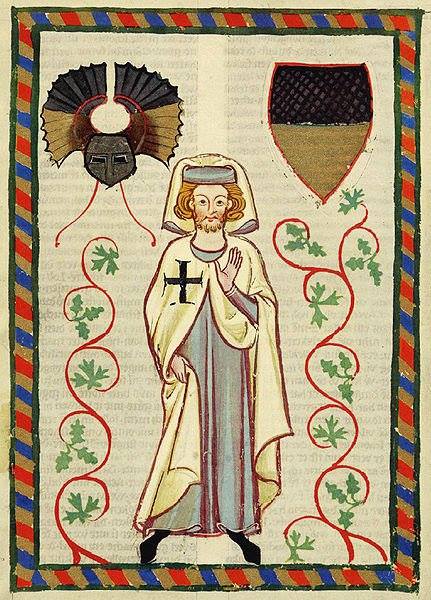
this one comes close but it would make all the pictures and replica's look bad if this was their source
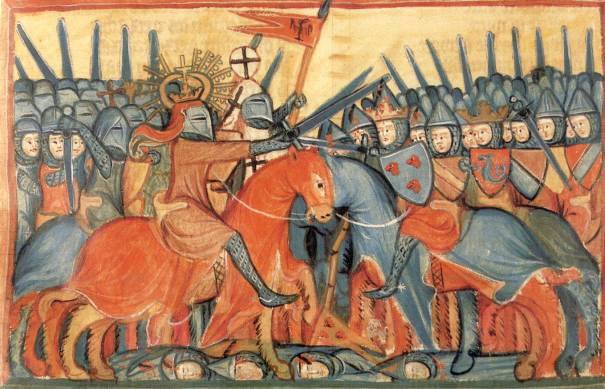
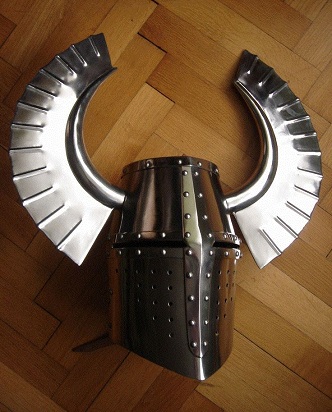
Modern replica, many of these are made or depicted just google "Teutonic order helmet" and you will know why.
